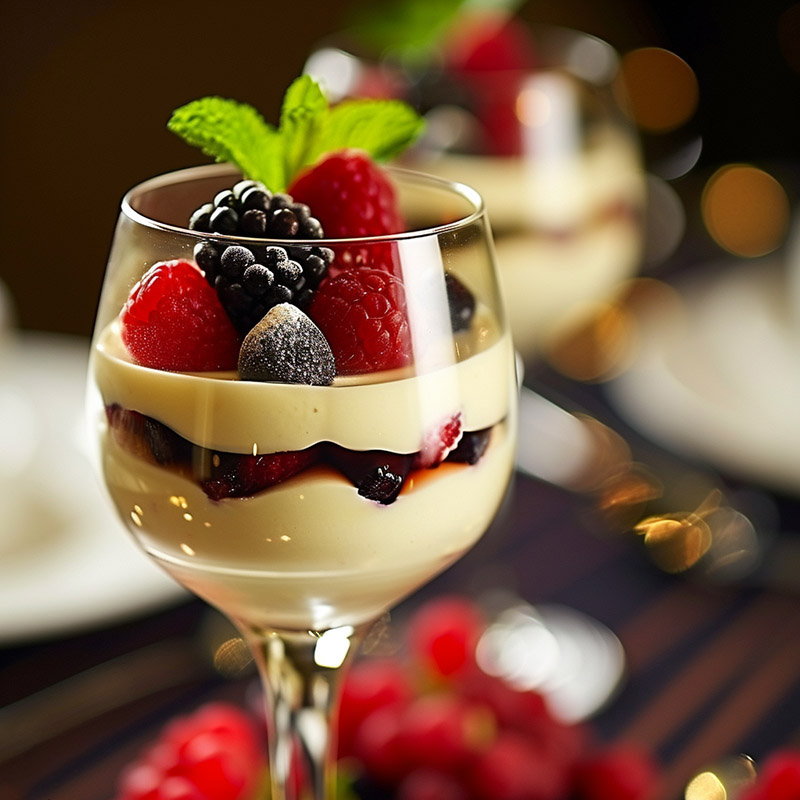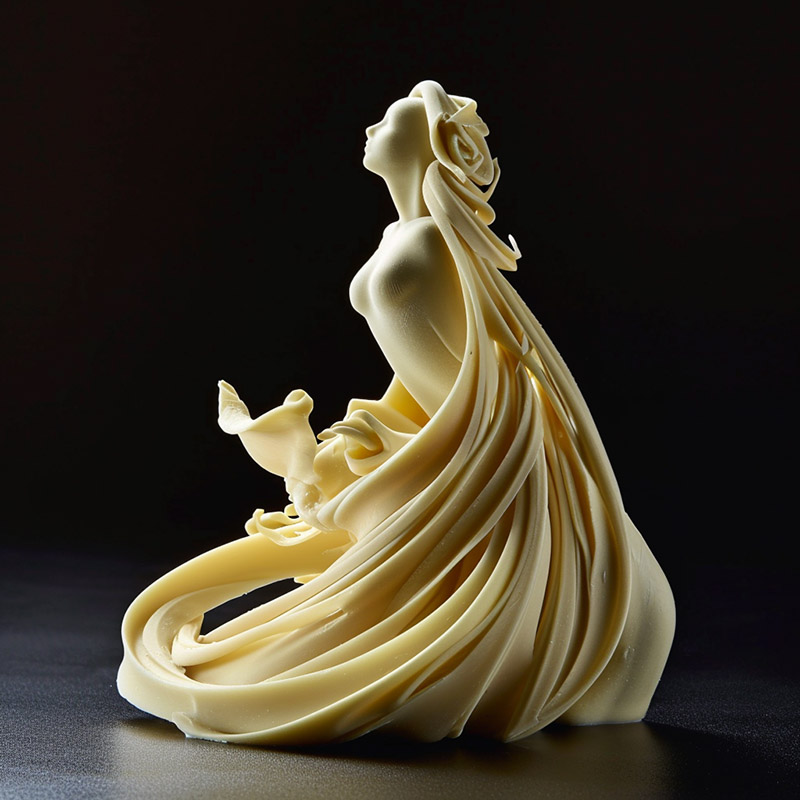
White chocolate, often considered the sweeter cousin of milk and dark chocolate, holds a unique position in the world of confections. Unlike its counterparts, white chocolate doesn't contain cocoa solids, which are responsible for the characteristic brown color and rich, bitter flavor of traditional chocolate. Instead, white chocolate is made primarily from cocoa butter, a pale, edible vegetable fat extracted from the cocoa bean, combined with sugar, milk solids, and often vanilla and lecithin, an emulsifier that helps blend the ingredients smoothly.
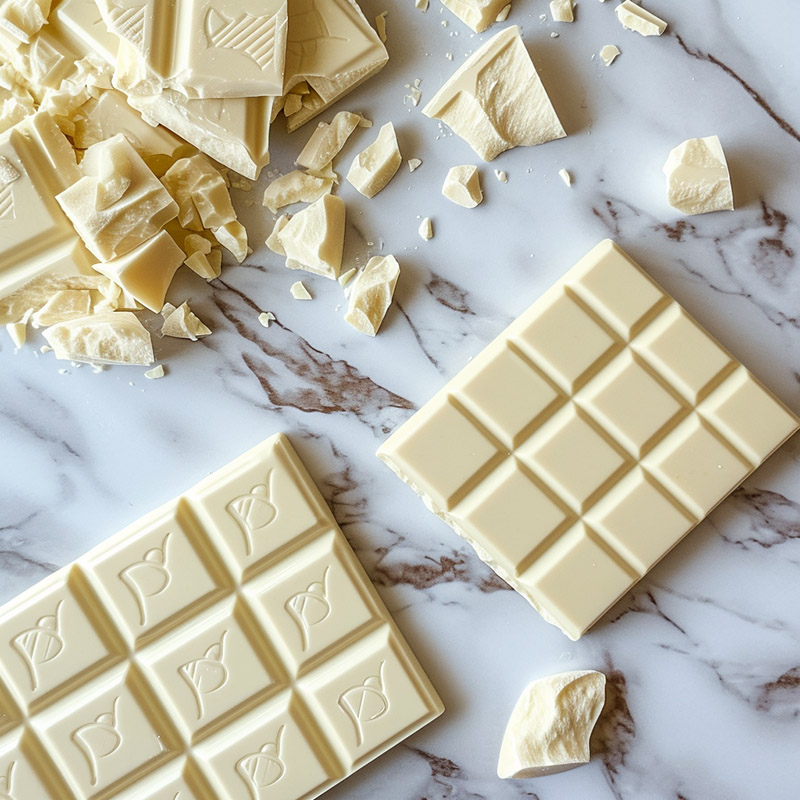
The creation of white chocolate can be traced back to Switzerland in the 1930s, where it was developed as a way to utilize excess cocoa butter. Its creamy texture and sweet, buttery flavor quickly gained popularity. The taste of white chocolate is distinctly different from that of milk or dark chocolate. It's characterized by its creamy, milky profile with a subtle hint of cocoa flavor, thanks to the cocoa butter. The flavor is often described as rich and sweet, with notes of vanilla and a smooth, velvety mouthfeel.
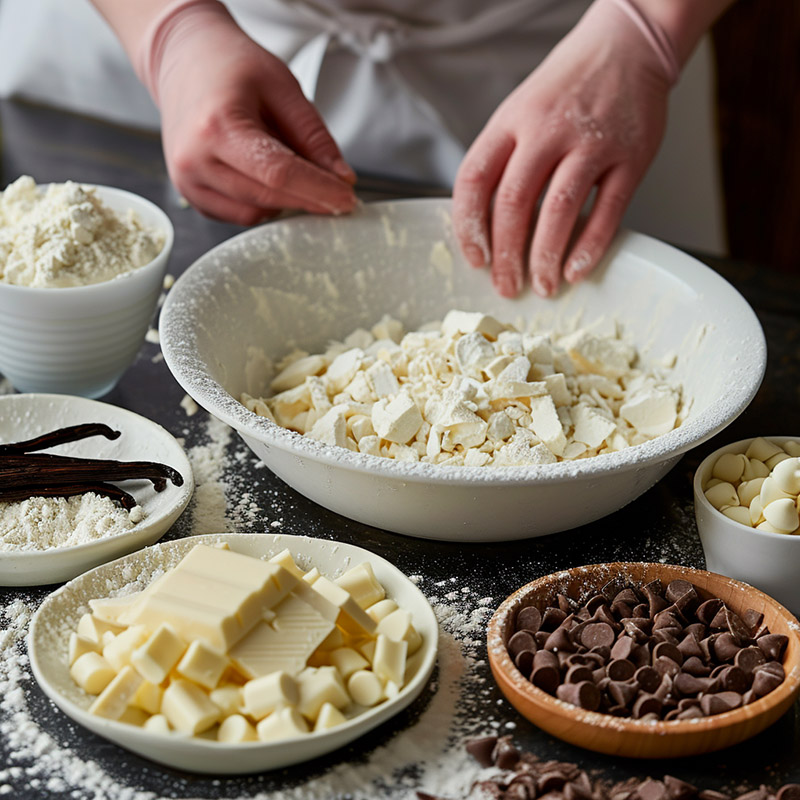
In terms of culinary uses, white chocolate is incredibly versatile. It is often enjoyed on its own as a sweet treat or used in various desserts and baked goods. White chocolate pairs wonderfully with fruits, especially berries, making it a popular choice for chocolate-covered strawberries or fruit tarts. It's also a common ingredient in baking, featured in cookies, cakes, and frostings, where it lends a creamy texture and a sweet, rich taste. Moreover, white chocolate is a favorite in the creation of ganaches, mousses, and sauces, adding a luxurious texture and flavor.
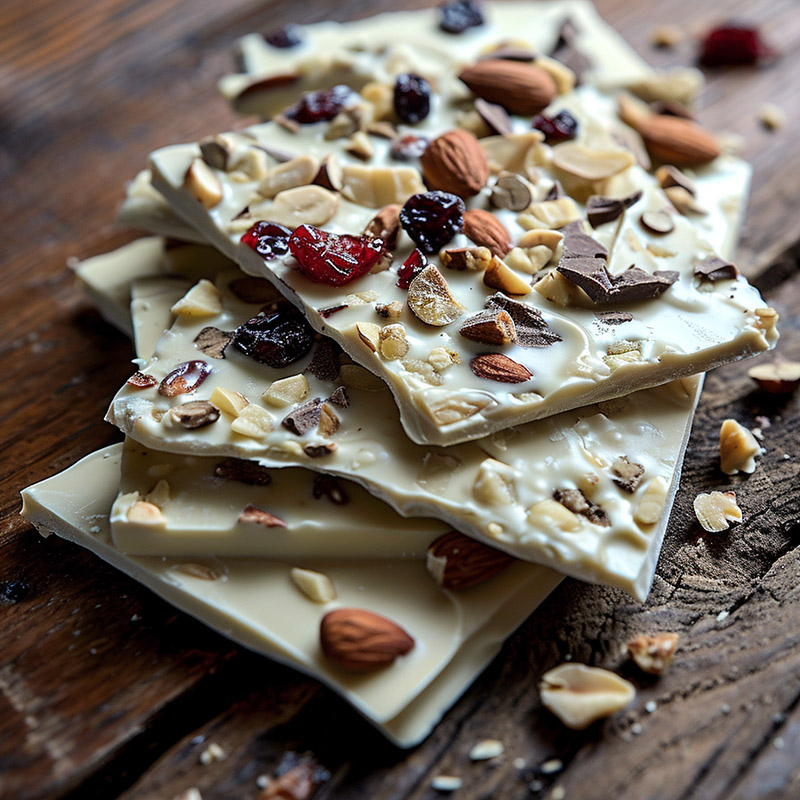
From a nutritional standpoint, white chocolate tends to be higher in sugar and lower in antioxidants compared to dark chocolate. It's rich in cocoa butter, which contains stearic acid, a saturated fat that has been shown to have a neutral impact on cholesterol. However, white chocolate is still a high-calorie, high-fat food, and like all sweets, it's best enjoyed in moderation.
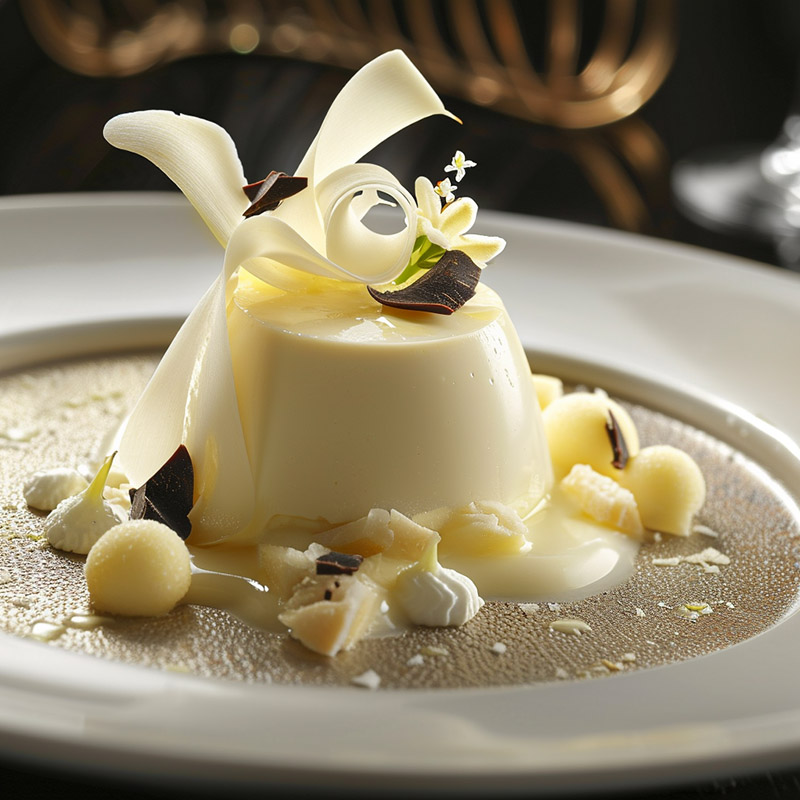
One of the unique aspects of white chocolate is its aesthetic appeal, particularly in the art of chocolate making and pastry. Its pale color provides a canvas for coloring and flavoring, making it a popular choice for decorative confections and artistic dessert presentations. White chocolate can be dyed with food colorings to create visually striking chocolates and desserts, appealing not only to the palate but also to the eye.
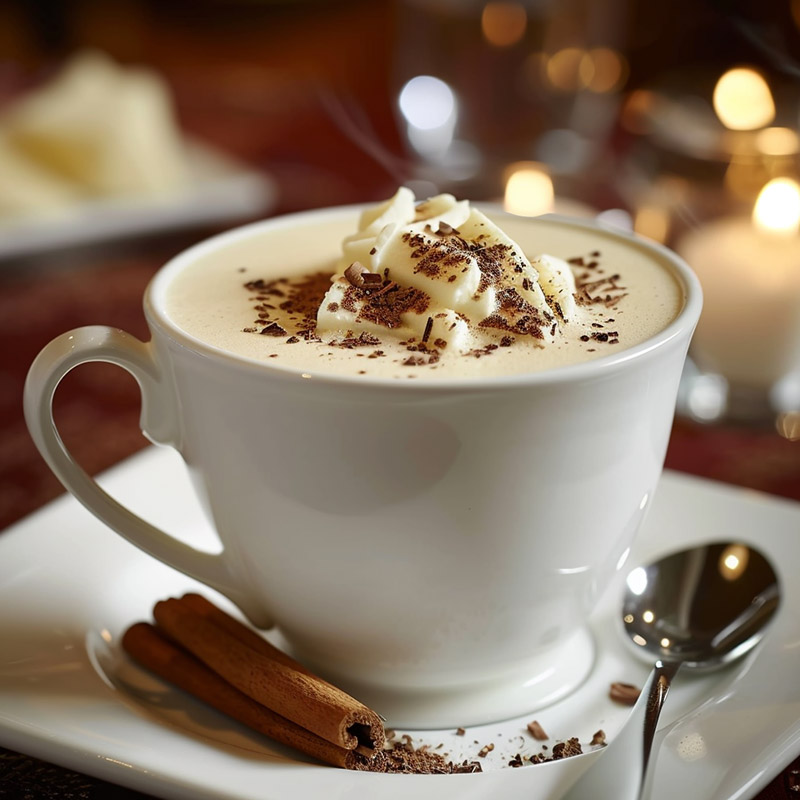
In the realm of chocolate connoisseurs and aficionados, white chocolate often sparks debate. Some purists argue that it shouldn't be classified as "true chocolate" due to the absence of cocoa solids. However, its distinct flavor profile and versatility in cooking and baking have earned it a cherished place in the world of sweets.
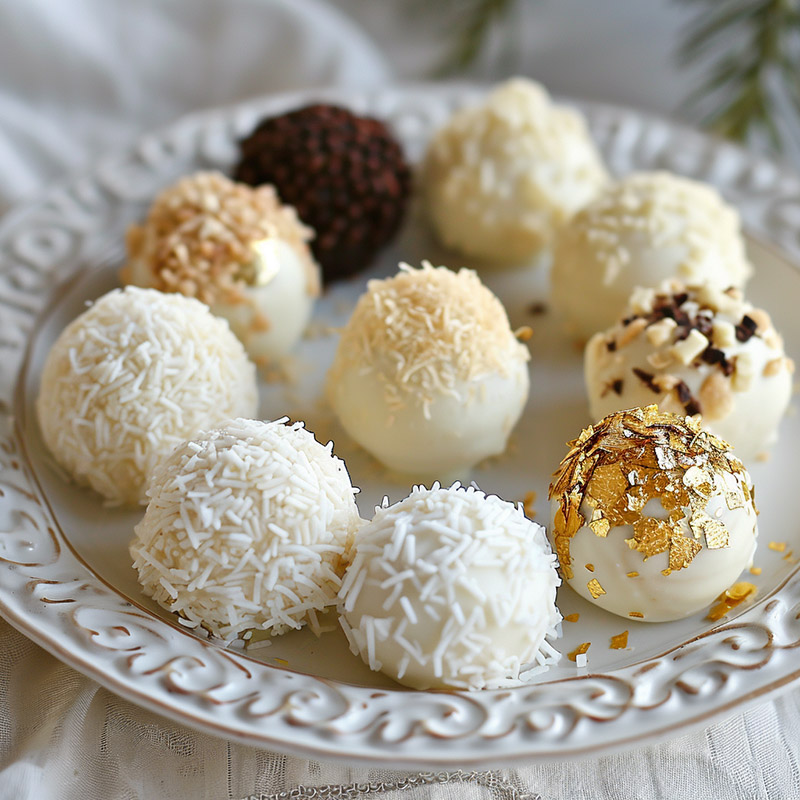
White chocolate offers a creamy, sweet alternative to traditional chocolate varieties. Its unique composition of cocoa butter, sugar, and milk solids creates a flavor profile and texture that is distinctly its own. Whether used in gourmet desserts, enjoyed as a sweet treat, or utilized in creative culinary endeavors, white chocolate continues to delight and inspire chocolate lovers around the world.
